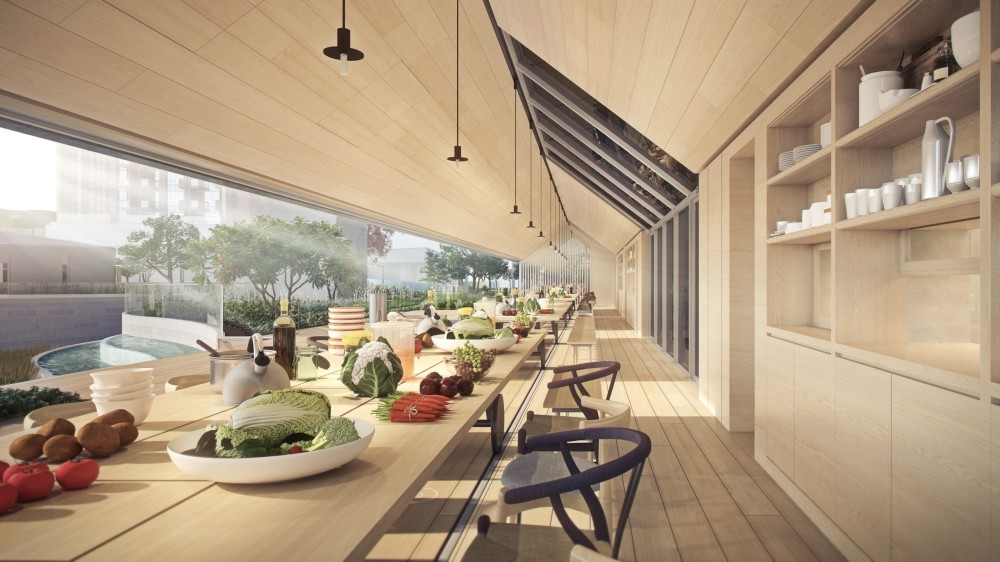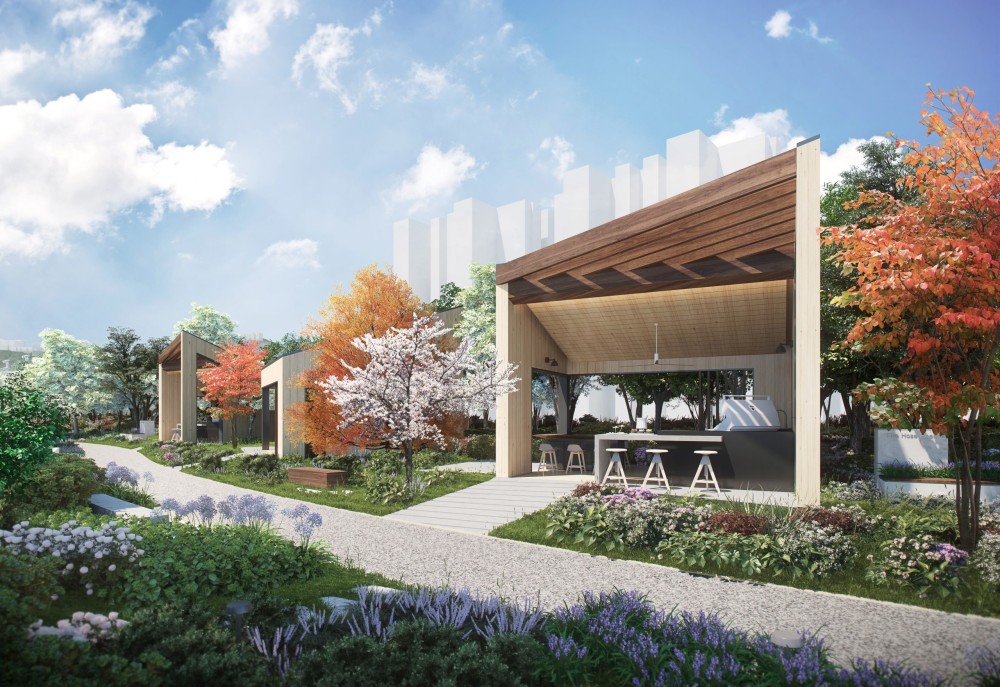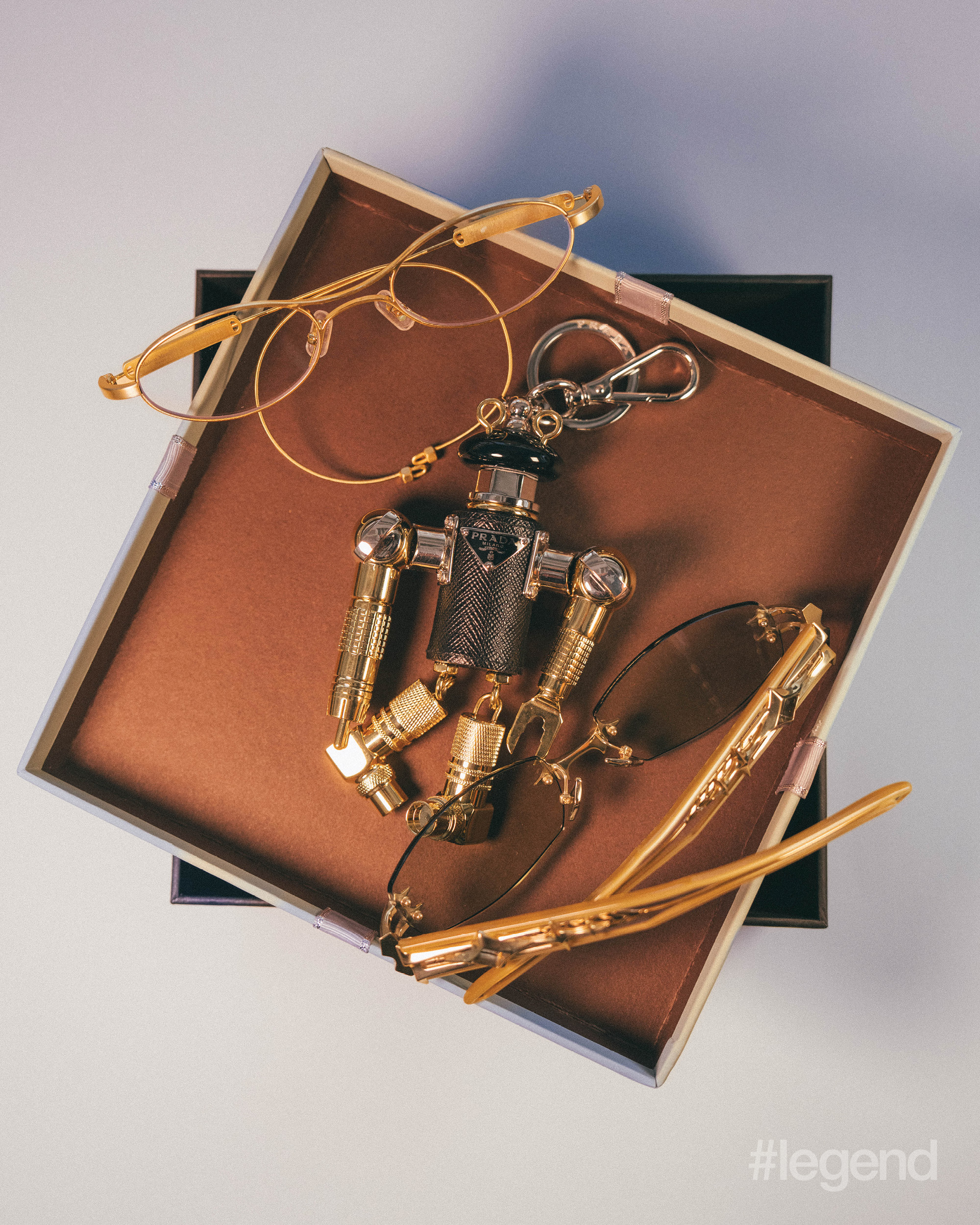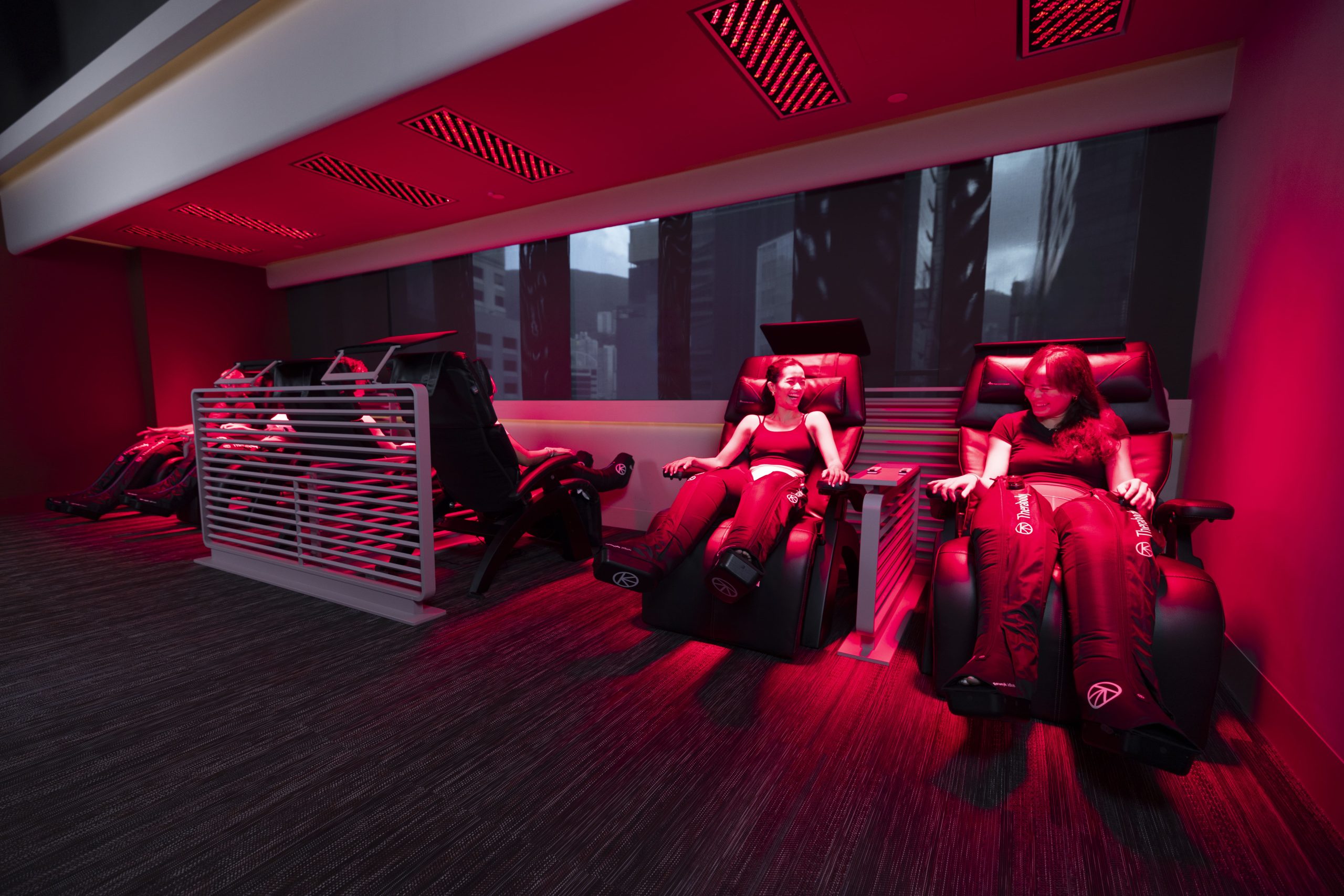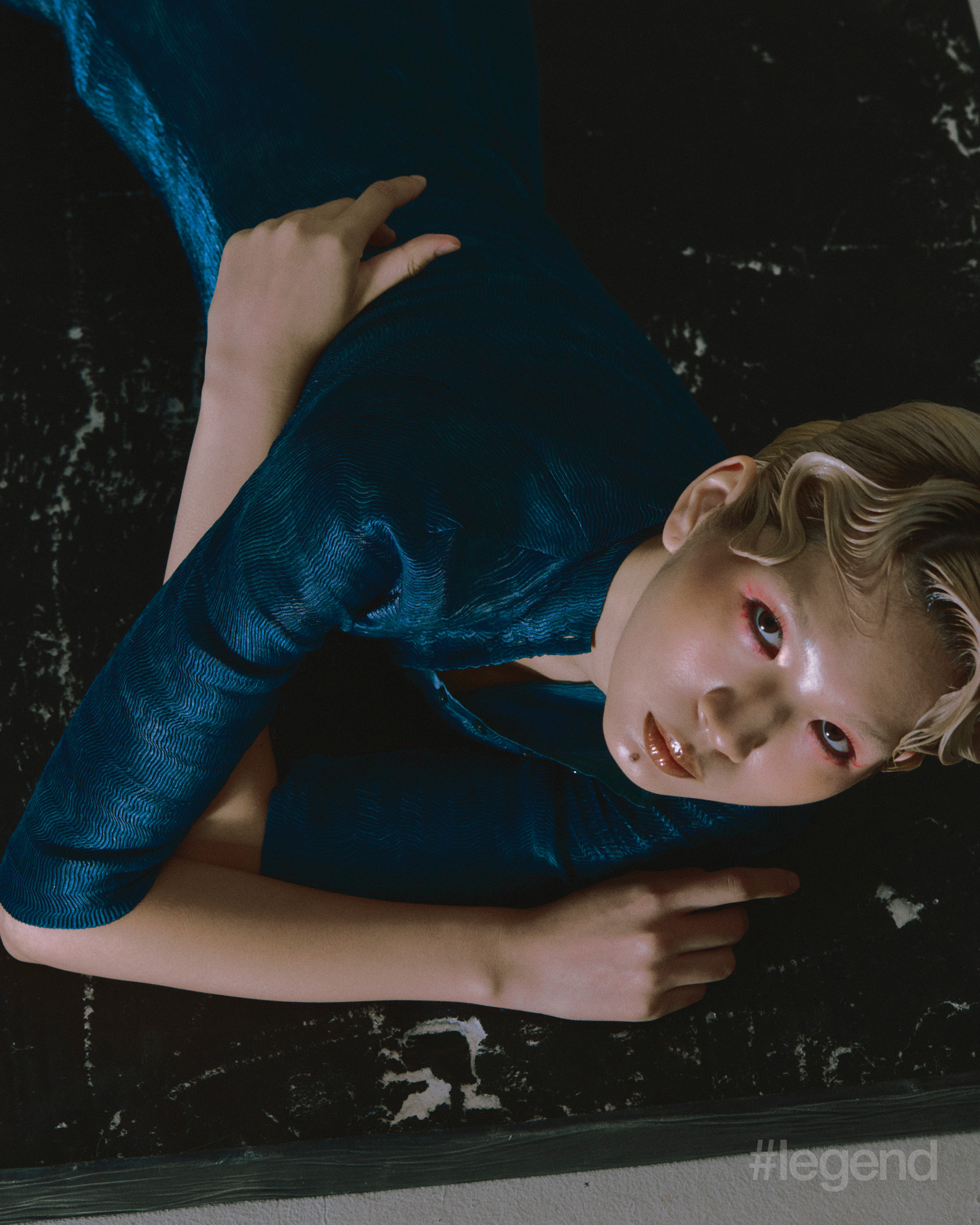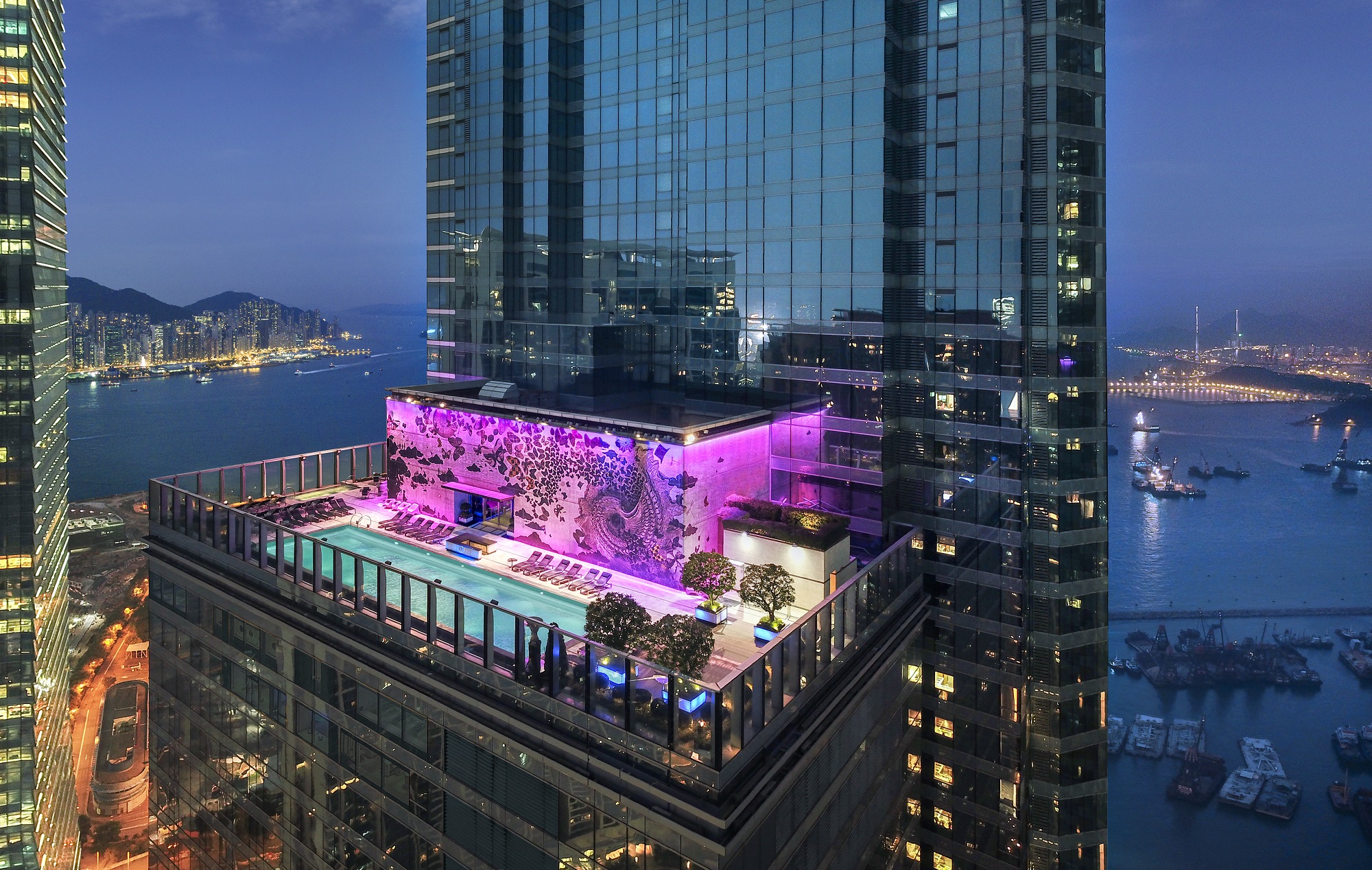New World Development and MTR Corporation have joined forces with an international team of designers to present urban-pastoral living in Tai Wai
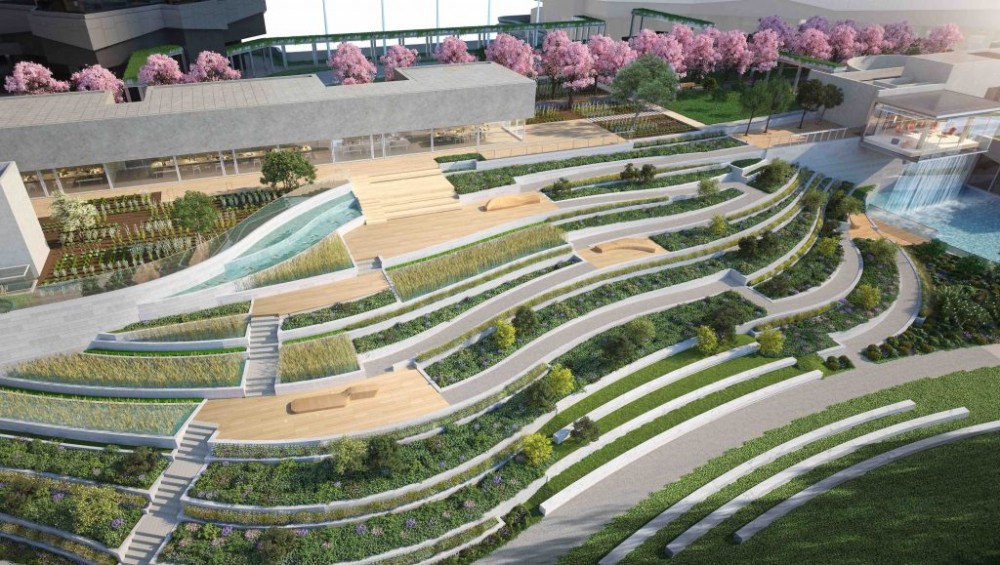
“There’s a Norwegian fairytale, Per Gynt; it’s all about him dreaming big. It gets him into all sorts of trouble but those are the risks we take,” says Robert Greenwood, partner and managing director of Snøhetta, an internationally renowned practice specialising in architecture, landscapes, interiors, product and graphic design.
The first “farm life-infused” project
Here in Hong Kong, property conglomerate New World Development has built its reputation on dreaming big. Its newest venture, The Pavilia Farm, is set to become the first “farm life-infused” sustainable residential project in the SAR. Consisting of seven towers with a total of 3,090 units (to be constructed in three phases) as well as three clubhouse facilities with names like Well House and Farm House, The Pavilia Farm is designed to revolutionise urban living.
To make its vision to Live Beyond Well a reality, New World Development enlisted Snøhetta and Greenwood to reframe the pastoral lifestyle in an urban setting. This includes the installation of an urban farm, paddy fields and noise-cancelling water features as well as setting up a renewable energy system.
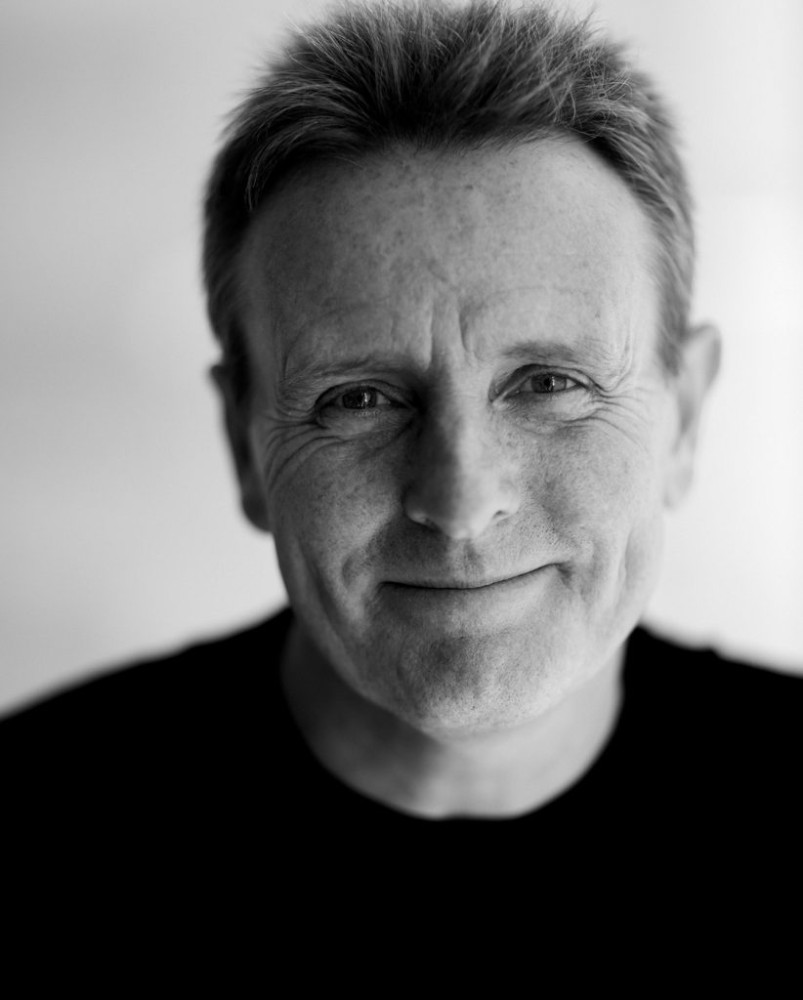
“People tend to get annoyed with buildings because they get in the way, but landscapes are nice because you can take part in them, they’re interactive.”
Robert Greenwood
“They’re not just buildings with roofs and doors and windows,” Greenwood says of the ambitious project situated above Tai Wai MTR station. “They are landscapes more than anything. People tend to get annoyed with buildings because they get in the way, but landscapes are nice because you can take part in them, they are interactive.”
The Pavilia Farm not only embraces nature, with its abundant natural light and expansive outdoor landscapes, it also allows urbanites a chance to get their hands dirty. Sharing in the experience of planting, nurturing and eating food is an activity that transcends age groups and social standings – and promotes both physical and mental wellness. The urban farm and Farm House landscape, with its 280,000 square foot of outdoor space, offers such informal yet impactful learning opportunities.
A positive environmental impact
In Greenwood’s view, everyone is capable of making a positive environmental impact, given the chance. “It can happen on a small scale. You don’t need an orchard or an acre of corn, you can just nurture vegetables and herbs,” he says. “Not many people in Hong Kong have the opportunity to grow their own food, which is a shame. Food is the perfect sharing experience.”
To that end, Snøhetta also installed a special table in the Farm House to encourage communal dining. “Having a really long table is a really good start because it means everyone can sit around the same table. If you go alone, you can join the table; if you go with 20-30 people you can also join the table, so it’s a place for everybody,” Greenwood explains. “Along the table you can have young people, old people, single people, couples – the whole idea of the long table is quite essential.”
A collaborative approach
Snøhetta, which takes a collaborative approach to all its projects, focuses on these kinds of attitude shifts rather than strictly the design. By encouraging composting to create fertiliser for the communal urban farm, it helps reduce waste and inspires residents to invest in their surroundings and create a positive impact on their own environment. By creating a vast outdoor landscape with multiple water features to cancel out noise pollution and irrigate the self-sustaining terraced aquaponic system and urban farm, it brings a sense of tranquillity to the otherwise dense, urban environment.
It’s obvious that Greenwood has a passion for nature and its healing properties. “For me, the really nice thing about being out in nature is that it’s big. It’s bigger than you, it’s bigger than your problems, it’s bigger than the small man-made things we struggle with,” he says. “You can look a long way and see the horizon, see into the distance and it gives you perspective. If we can bring that into our work, that element of it being bigger than just a building, then we have truly achieved something.”
See also: True to form: Andrew Kudless joins forces with Louis Vuitton


